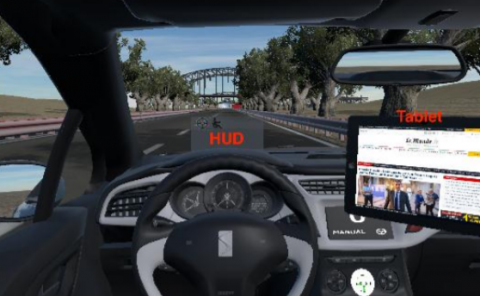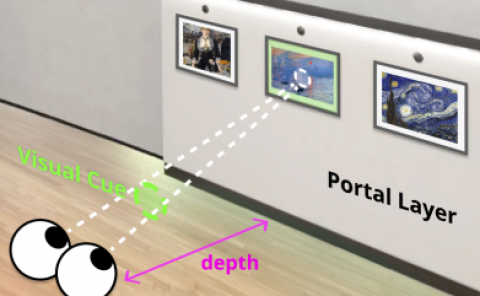The Effects of Body Tracking Fidelity on Embodiment of an Inverse-Kinematic Avatar for Male Participants
PubDate: December 2020
Teams: University of Texas at Dallas;University of Central Florida
Writers: James Coleman Eubanks; Alec G. Moore; Paul A. Fishwick; Ryan P. McMahan

Abstract
Many research studies have investigated avatar embodiment and its effects on self-location, agency, and body ownership. Researchers have also investigated the effects of various external stimuli and avatar appearances during embodiment. However, the effects of body tracking fidelity while embodying an inverse-kinematic avatar are relatively unexplored. In this paper, we present two studies using a set of six trackers that investigate four levels of body tracking fidelity during avatar embodiment for male participants only: Complete (head, hands, feet, and pelvis trackers), Head-and-Extremities (head, hands, and feet trackers), Head-and-Hands (head and hands trackers), and No-Avatar (head and hands trackers; only controllers visible). Our results indicate that tracking the head, hands, and feet significantly increases the sense of embodiment and the sense of spatial presence when embodying an inverse-kinematic avatar for male participants.



